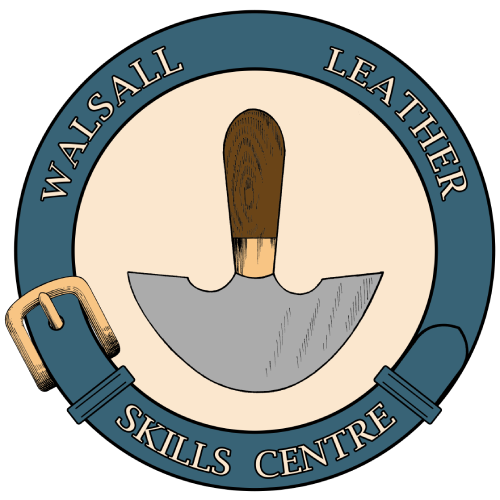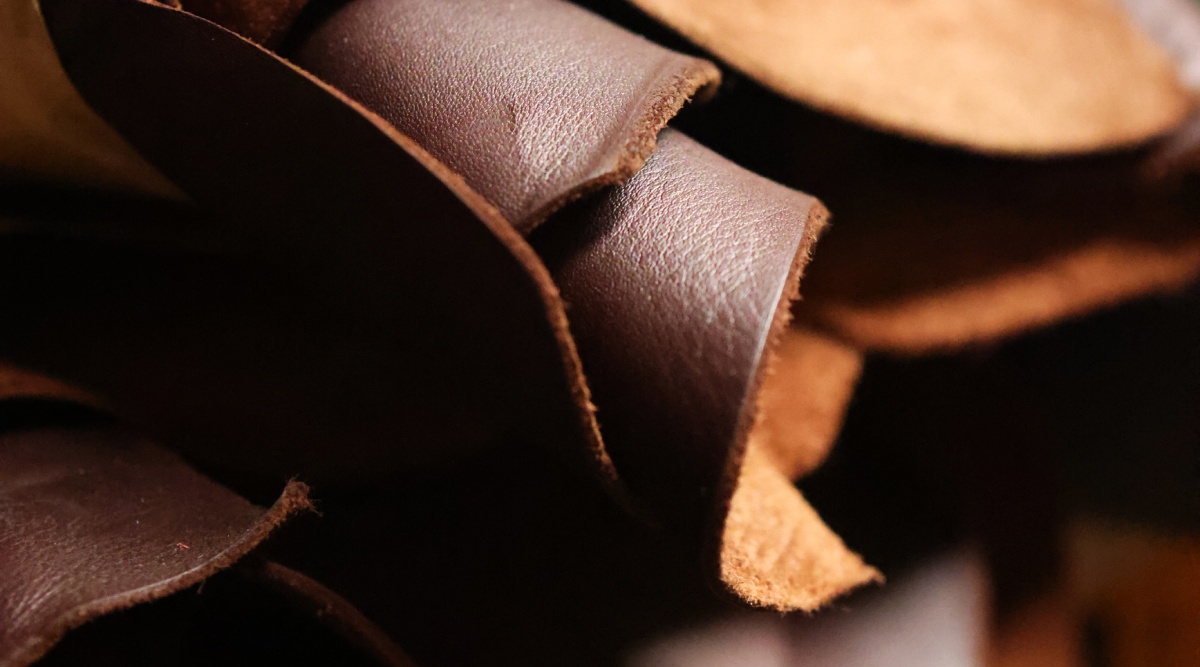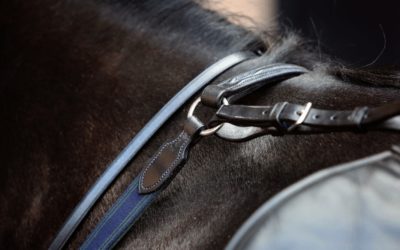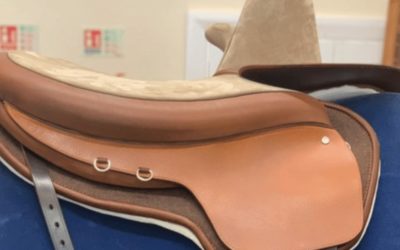Whether you’re crafting, upholstering, or investing in fashion pieces, knowing how to identify high-quality leather is essential. A well-chosen hide can last a lifetime, while poor-quality leather can crack, peel, or wear out quickly. Here’s what to look for when selecting the best leather for your projects.
1. Understand the Different Leather Types
Not all leather is created equal, and the type you choose significantly impacts durability and appearance.
- Full-grain leather: The highest quality, full-grain leather retains the natural surface of the hide, including imperfections, which add to its character. It’s incredibly strong, durable, and develops a beautiful patina over time.
- Top-grain leather: Slightly sanded to remove blemishes, top-grain leather has a smoother finish but loses some durability in the process.
- Genuine leather: Despite its name, “genuine leather” is a lower-quality, heavily processed material made from leftover leather scraps. It lacks the durability of full- and top-grain options.
- Bonded leather: The lowest tier, made from leather fibers bonded with adhesives, is more of a composite material than real leather.
2. Feel and Texture: The Touch Test
Quality leather should feel supple yet firm, with a soft, slightly textured surface. When you press into it, natural leather will show fine creases and subtle movement, indicating flexibility and authenticity. In contrast, synthetic or heavily coated leather feels stiff, overly smooth, or plasticky.
3. The Signature Scent of Real Leather
A deep, rich, earthy scent is one of the easiest ways to identify genuine leather. Unlike synthetic materials or chemically treated hides, real leather has an unmistakable smell that’s difficult to replicate. If the leather has a chemical or plastic-like odour, it’s likely low-quality or heavily treated.
4. Examining the Pores and Grain
Take a close look at the surface:
- Full-grain leather has a natural, varied pore pattern and retains the hide’s original texture.
- Lower-quality leather often has a uniform, stamped grain that looks too perfect. If every pore appears identical, it’s likely been artificially embossed to mimic real leather.
5. The Edges Reveal a Lot
Inspect the cut edges of the leather:
- High-quality leather has fibrous, slightly rough edges, showing its natural composition.
- Lower-grade leather or synthetics tend to have clean, rubbery, or perfectly sealed edges, a sign of artificial processing.
6. The Water Absorption Test
A simple way to test leather’s authenticity is with a small drop of water.
- Real leather absorbs moisture, darkening slightly before drying out.
- Synthetic or heavily coated leather causes water to bead up or sit on the surface without absorption.
7. Price vs. Quality: When a Deal is Too Good to Be True
While expensive doesn’t always mean better, high-quality leather is rarely cheap. A suspiciously low price often signals synthetic fillers, excessive chemical treatments, or weak structural integrity. Investing in good leather pays off in durability and longevity.
Final Thoughts
Learning to identify high-quality leather is a valuable skill for anyone working with leather. By recognizing the characteristics of premium hides, you can confidently choose materials that ensure durability, beauty, and craftsmanship that stand the test of time.




